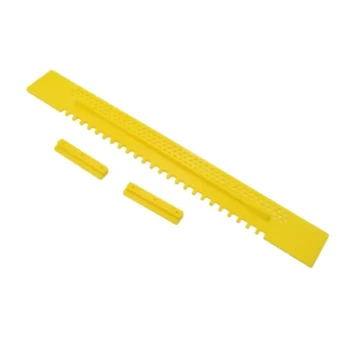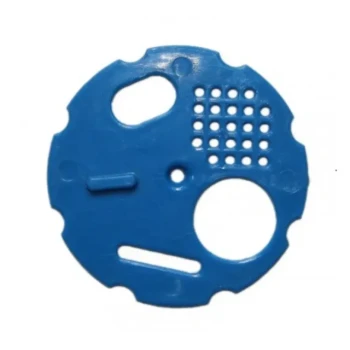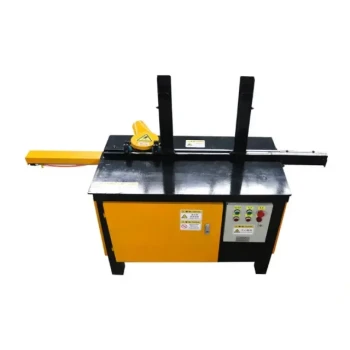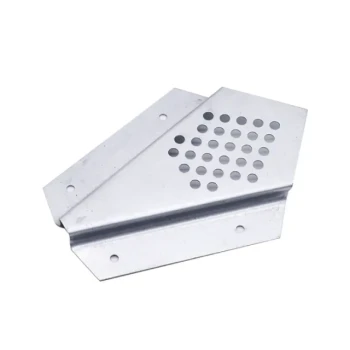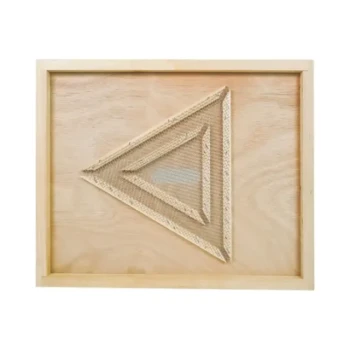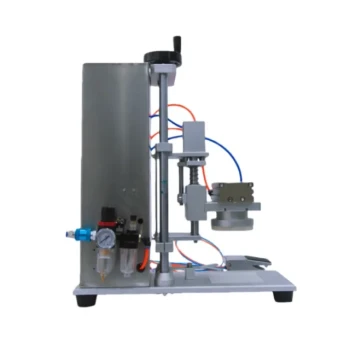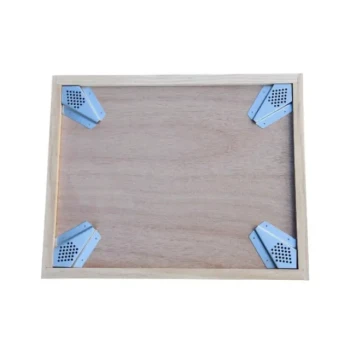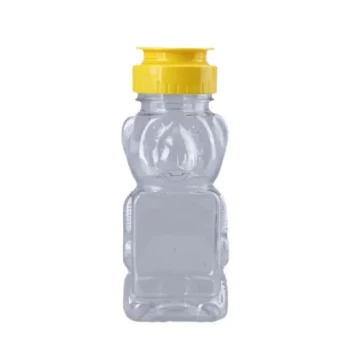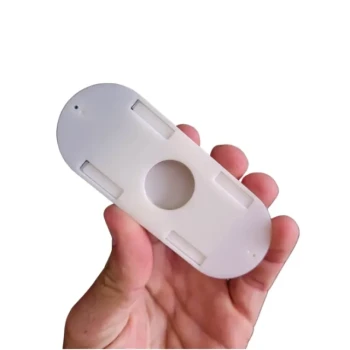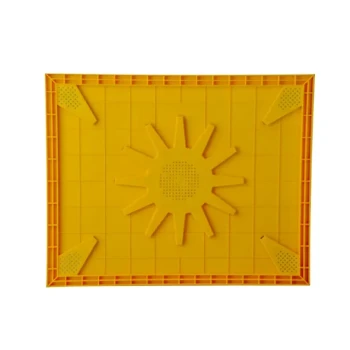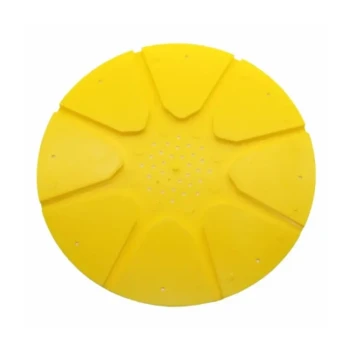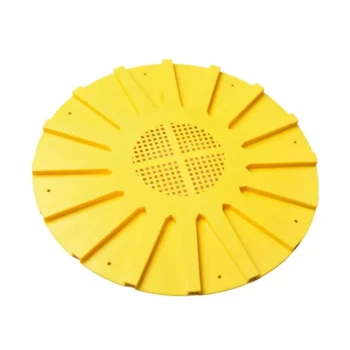No, a top entrance is not strictly necessary for a beehive. Many beekeepers successfully manage healthy, productive colonies using only a standard bottom entrance. However, a top entrance is a powerful management tool that solves specific, common problems related to winter survival, hive traffic, and ventilation, making it a valuable addition for many beekeepers.
A top entrance is less about a fundamental need for the bees and more about a strategic choice for the beekeeper. It is a tool to manage ventilation, reduce congestion, and mitigate seasonal risks like winter condensation and entrance blockages.
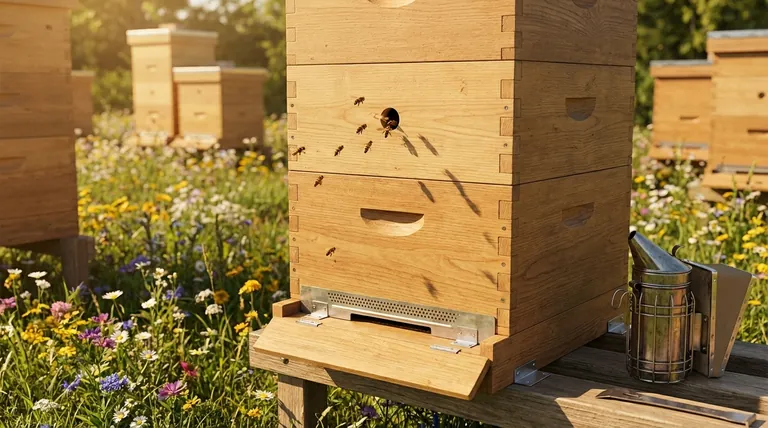
The Primary Benefits of a Top Entrance
While not essential, a top entrance offers distinct advantages, particularly in climates with cold winters or during periods of intense summer activity.
Enhanced Winter Survival
Winter is the most vulnerable time for a honey bee colony, and a top entrance directly addresses two of the biggest threats: moisture and blockages.
Warm, moist air naturally rises from the bee cluster. In a sealed hive, this air hits the cold inner cover, condenses into water, and drips back down onto the bees. Wet bees are cold bees, and this chilling moisture is a primary cause of winter colony death.
A small top entrance provides an escape route for this moisture-laden air, keeping the hive interior and the cluster critically dry.
Furthermore, the bottom entrance can become blocked by an accumulation of dead bees or by heavy snow. A clear upper entrance ensures the bees can exit for crucial cleansing flights on warmer winter days.
Improved Summer Ventilation and Traffic Flow
During a strong summer nectar flow, a single bottom entrance can become a major bottleneck. This congestion increases hive temperature and humidity.
A top entrance provides an alternate route, improving air circulation and reducing the need for bees to "beard" (cluster on the outside of the hive to cool down).
It also allows foragers to directly access the honey supers, bypassing the busy brood nest below. This reduces traffic in the brood chamber and can improve the efficiency of honey storage.
Protection from Pests and Obstructions
A bottom entrance is at ground level, making it vulnerable to harassment from pests like skunks and opossums, which can stress the colony and deplete its population. A top entrance is out of reach for these animals.
It also eliminates the risk of the main entrance being blocked by overgrown grass or weeds, ensuring foragers always have a clear flight path.
Understanding the Trade-offs and Considerations
A top entrance is a tool, and like any tool, it has potential downsides if used improperly.
Potential for Heat Loss in Winter
The primary argument against a top entrance is that it can allow precious heat to escape from the hive. A colony must burn through more honey (its energy source) to maintain the cluster's temperature if too much heat is lost.
To mitigate this, a winter top entrance should be small. A 3/8-inch drilled hole or the small opening on a notched inner cover is typically sufficient to provide ventilation without creating a significant draft.
Increased Risk of Robbing
A second entrance can make the hive harder for the bees to defend against robbing bees from other colonies. This is especially true for new or weak colonies with smaller populations.
It is wise to keep the top entrance closed until a colony is strong and populous enough to effectively guard both entry points.
Disturbance to Colony Organization
A large upper entrance can sometimes disrupt the colony's natural structure. Bees may treat it as the primary entrance, potentially leading the queen to lay eggs in the honey supers, which is undesirable for the beekeeper. This is less of a concern with small, dedicated upper-ventilation holes.
Making the Right Choice for Your Hive
The decision to use a top entrance depends entirely on your climate, hive strength, and management goals.
- If your primary focus is winter survival in a cold, humid climate: A small, upper entrance is highly recommended to manage deadly condensation.
- If your primary focus is maximizing honey production in a strong hive: A top entrance near the supers can reduce congestion and improve foraging efficiency during a heavy nectar flow.
- If you are managing a new or weak colony: It is best to stick with a single, reduced bottom entrance to make the hive easier for the bees to defend.
Ultimately, using a top entrance is a strategic adjustment that empowers you to proactively solve some of beekeeping's most common challenges.
Summary Table:
| Situation | Recommendation | Primary Benefit |
|---|---|---|
| Cold, Humid Winters | Highly Recommended | Prevents deadly condensation |
| Strong Summer Nectar Flow | Recommended | Reduces congestion & improves honey storage |
| New or Weak Colony | Not Recommended | Easier for bees to defend a single entrance |
| Pest Problems (e.g., Skunks) | Recommended | Provides a safe, elevated entrance |
Ready to Optimize Your Apiary's Health and Productivity?
A top entrance is a simple but powerful tool for proactive hive management. For commercial apiaries and distributors, strategic equipment choices directly impact colony survival rates and honey yields.
HONESTBEE supplies durable, precision-engineered beekeeping equipment—including inner covers and hive components designed for optimal ventilation—to support the scale and demands of your operation.
Let's discuss how the right equipment can help you:
- Maximize winter survival in your yards.
- Improve traffic flow during peak honey flows.
- Streamline your management practices for greater efficiency.
Contact our wholesale team today to get tailored solutions for your commercial beekeeping needs.
Visual Guide
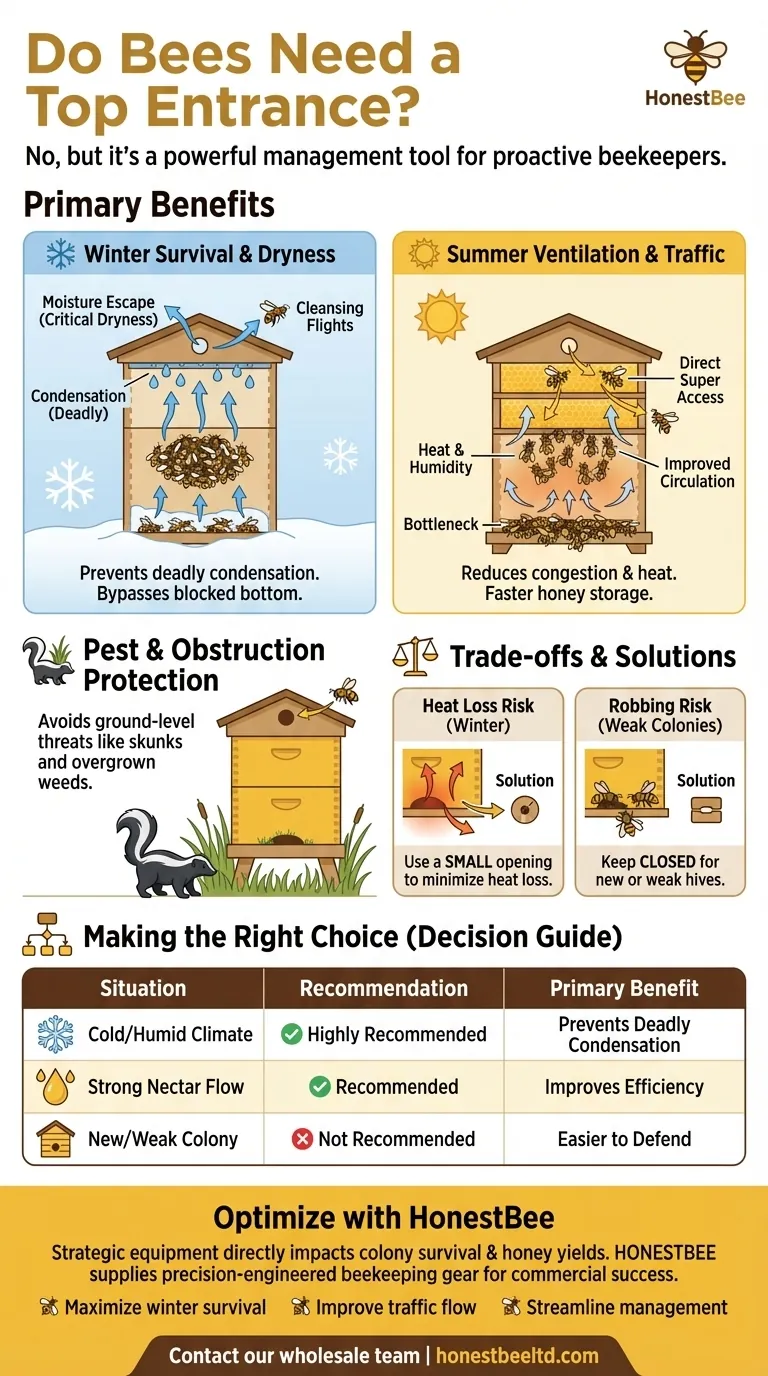
Related Products
- Beehive Entrance Reducer Guardian Metal Hive Entrance for Bees
- Multi-Functional Sliding Hive Entrance for Beekeeping
- Professional Reversible Beehive Hive Entrance
- Beehive Entrance Discs Plastic Bee Entrance Disc for Bee Hives
- Multi-Functional Rotary Hive Entrance Disc for Beekeeping
People Also Ask
- What happens if you seal an entrance to a bee hive? Avoid a Costly Structural Disaster
- What size is the entrance hole in a native bee hive? The 13mm Standard for a Thriving Colony
- How big should a beehive entrance be? Optimize for Colony Health & Honey Production
- What is the purpose of placing an object in front of the hive entrance after a move? A Guide to Forced Reorientation
- What are the features of the side with oblong holes in the entrance reducer? A Guide to Hive Defense & Health


